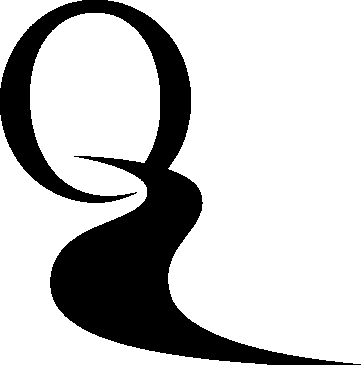БАЛКАНСКИОТ ДИЈАЛОГ СО ДРУГИОТ
Аннотация
Contemporary identity is shaped in interaction with the others thus achieving selfcognition and self-estimation. Even Ancient Macedonians were aware of this, who within their rule appreciated democratic principles building up their state in the manner of equal presentation of all different peoples. Diversity, in fact, confirms the specificity and particularity of identity. Having behind such context, the Balkans, and in particular, the Macedonians, during the centuries, have always found themselves stretched out between their own democracy, initiated by the actual weakness, and adjustment to Others’ interests. It means that Balkan countries are not only in a position of negotiator between itself and the Others, but also they become schizophrenically split mediator between itself and its neighbours. This Study includes the question whether they themselves permit this or intruded to permanently play the mediatory coordinative role. Through the history there role as a mediator between itself and the Turkish – Oppressor is also confirmed, who they coped with for a very long time. Following this are the threatens by the Dreadful Other seen in the face of Europe, in the time of the two World Wars as well as the terrorist attacks in the last decade, and the Unknown other symbolizing America, Australia, Canada as the biggest Balkan emigration chronotop. The Study, through a number of examples from the Balkan literature and the theoretical discussions periphery-centre and post colonialism, reviews this just Balkans’ role being in a continuous dialogue with the Others and their interests.
Скачивания
Литература
Јелевиќ Б. Историја на Балканот (18-19 век) / Б. Јелевиќ. Скопје: Лист, 1999.
Кремптон Џ.Р. Балкан после Другог светског рата / Џ.Р. Кремптон. Београд: Clio, 2003.
Мазовер М. Балканот (кратка историја) / М. Мазовер. Скопје: Evro-Balkan Press, 2003.
Црнушанов К. Македонски народни песни / К. Црнушанов. Софија: БАН, 1956.
Philological studies © 2019. This work is licensed under a Creative Commons Attribution-Noncommercial-No Derivative Works 3.0 Unported License









